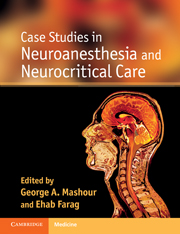
- Cited by 1
-
Cited byCrossref Citations
This Book has been cited by the following publications. This list is generated based on data provided by Crossref.
Trofimov, A. O. Kalentyev, G. V. Agarkova, D. I. and Grigoryeva, V. N. 2015. The Cerebral Arterial Compliance in Polytraumat. Regional blood circulation and microcirculation, Vol. 14, Issue. 4, p. 22.
- Publisher:
- Cambridge University Press
- Online publication date:
- May 2011
- Print publication year:
- 2011
- Online ISBN:
- 9780511997426




